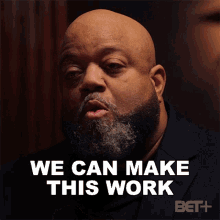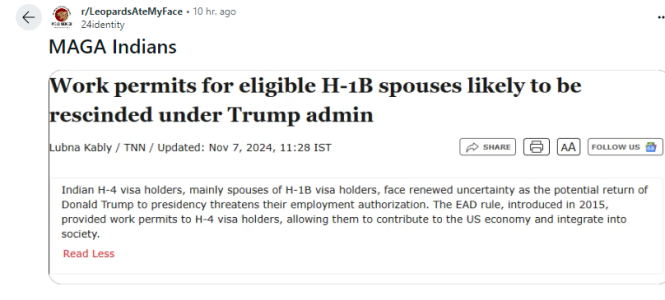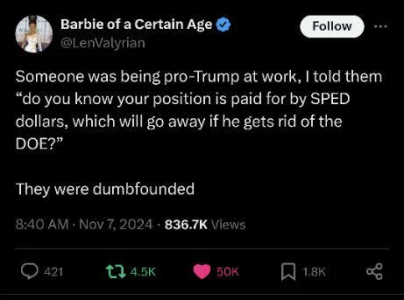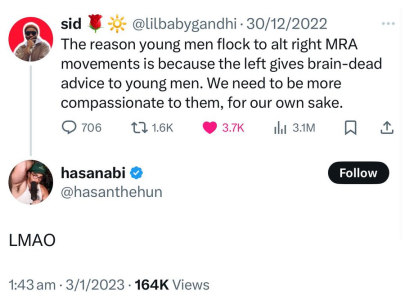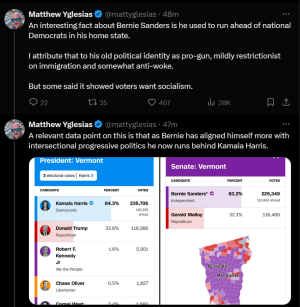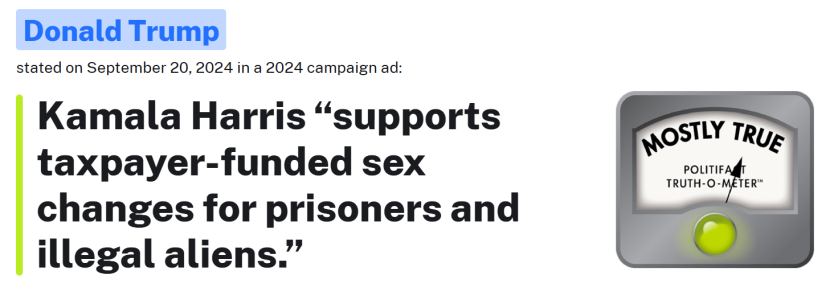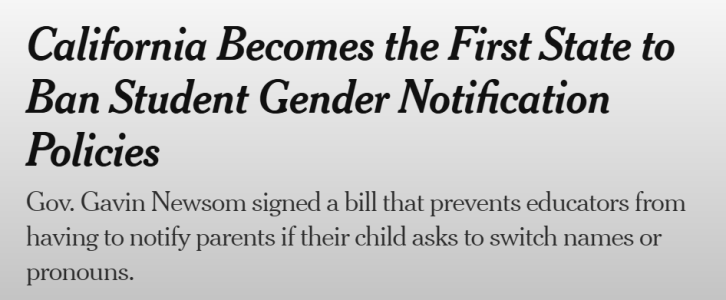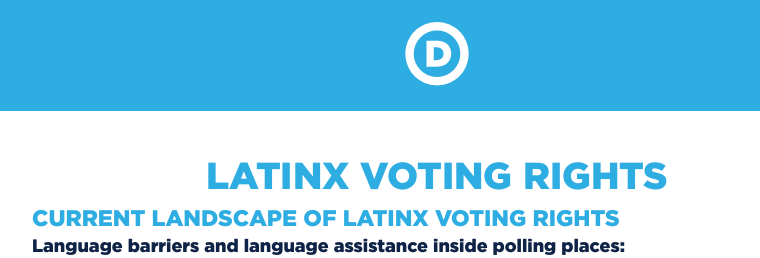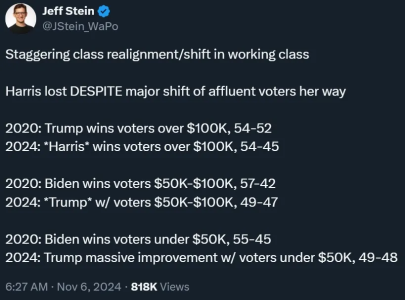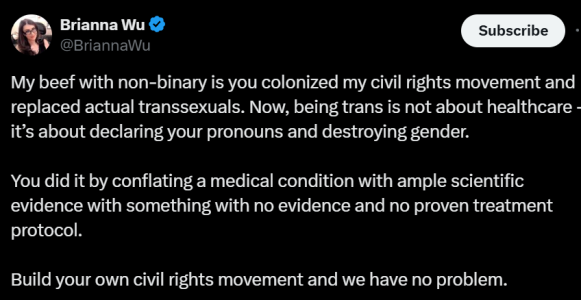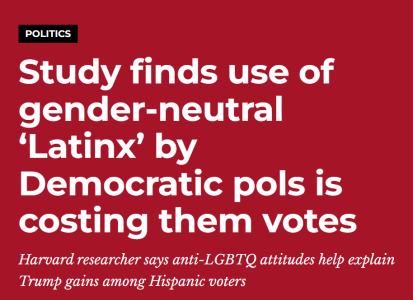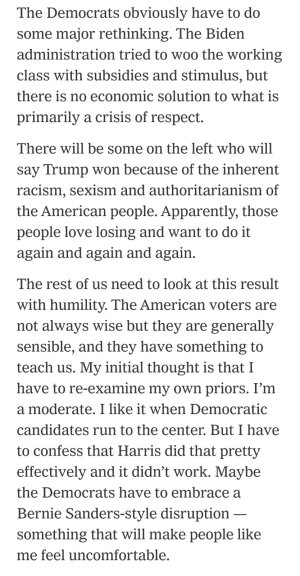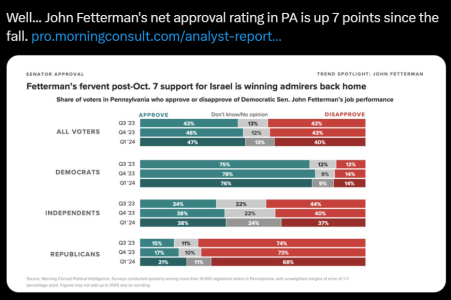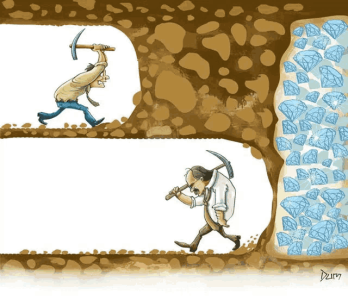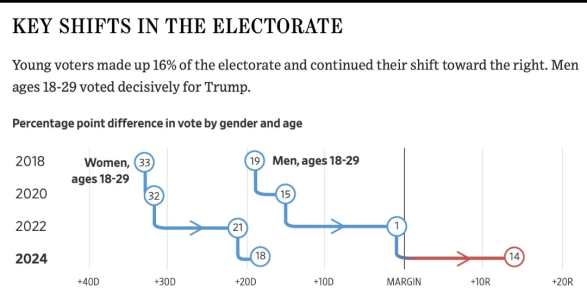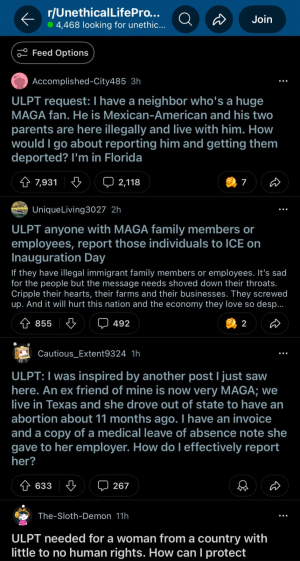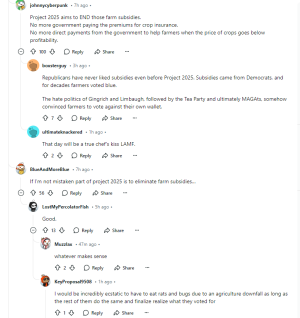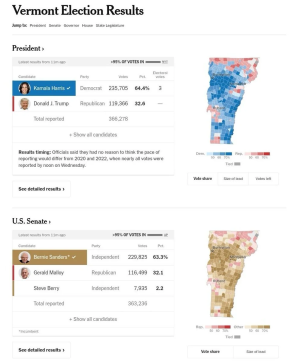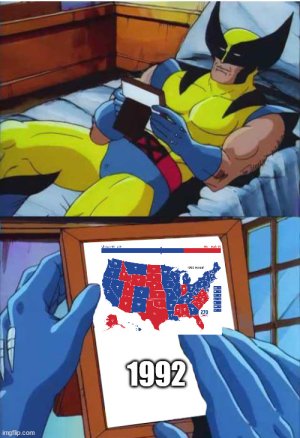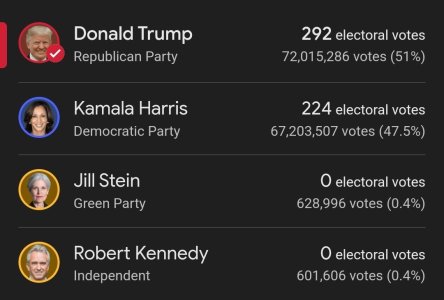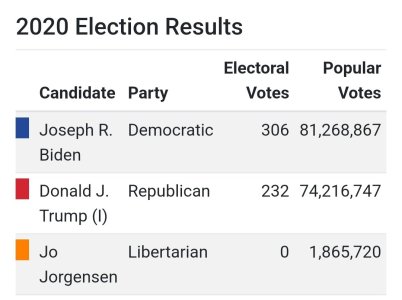Carmakers Would Like Relief from CAFE Mandates, Bigly
The American road of the future could look very much like that of the past.
JAN 2017 BY EDDIE ALTERMAN MULTIPLE PHOTOGRAPHERS
SHARE
TWEET
From the February 2017 issue
We tried to stay above the fray this election cycle. I have rejected, for example, several politically charged story proposals this year, ranging from gold-plating an ’80s limo to road-testing a Subaru in northern Libya. But there is one intersection where cars and politics must collide, and it is at the corner of Energy and Policy.
Already, the Detroit Three have been lobbying the incoming administration to take their industry off the path to the 2025 CAFE regulations. These regs, you’ll remember, mandate a 54.5-mpg average for an automaker’s fleet, but the workarounds are already legion. Knowing the new guy’s pro-business proclivities—he’s good at business!—it seems certain that the previous administration’s CAFE plan won’t survive.
What does that mean for cars and light trucks going forward? One facile prediction: After years of engine downsizing, upsizing is going to be a thing.
The V-8 may reemerge as the engine of choice for sports sedans, sports cars, and trucks, and the EVs’ march could stall. The market penetration for pure EVs is barely half a percent now, and that’s with Tesla factored in and California’s thumb on the scale. For EVs to break through, they will need to be legitimately desirable, à la the Model S or Jaguar’s forthcoming I-Pace crossover. Their benefits will have to outweigh the convenience and familiarity of the internal-combustion engine.
But the conditions that got us to the point where EVs are actually lustworthy are a result of the research undertaken when we were said to be at peak oil and electrification was the most plausible way forward. If car and battery makers ease off EV R&D now, batteries may never fully pencil against IC engines, and desirable electrics at all price points may never materialize. California and the nine other ZEV states will mandate alt-fuelers, and the rest of the country will drive what it wants.
Barring government intervention or spiking fuel prices, we have shown that we will gravitate to the biggest, safest vehicles available. The American road of the future could look very much like that of the past. The joy that would bring to many of us enthusiasts is tempered by the cessation of big, exciting technological leaps. Back to the future, indeed
 get out your MSNBC bubble b.
get out your MSNBC bubble b.


 oh OK.
oh OK.









